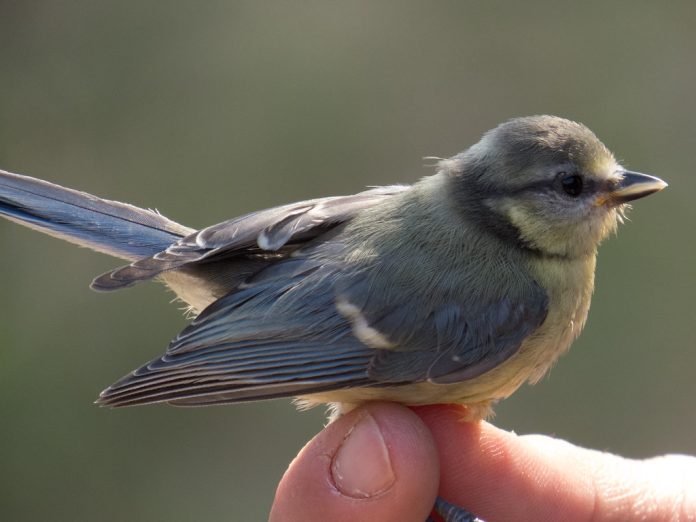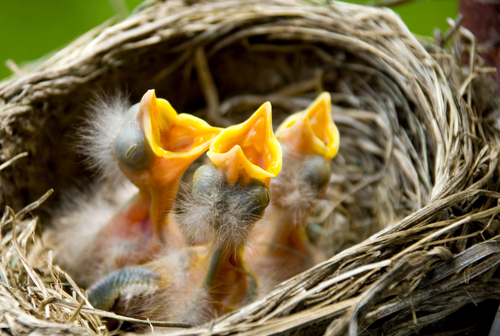
When we think of dinosaurs, the giant, thundering reptiles of prehistoric times often come to mind. But this image might be incomplete without considering their modern-day descendants – birds. It’s a question that might ruffle feathers: Could we consider birds, those winged descendants of the theropods, as dinosaurs among us?
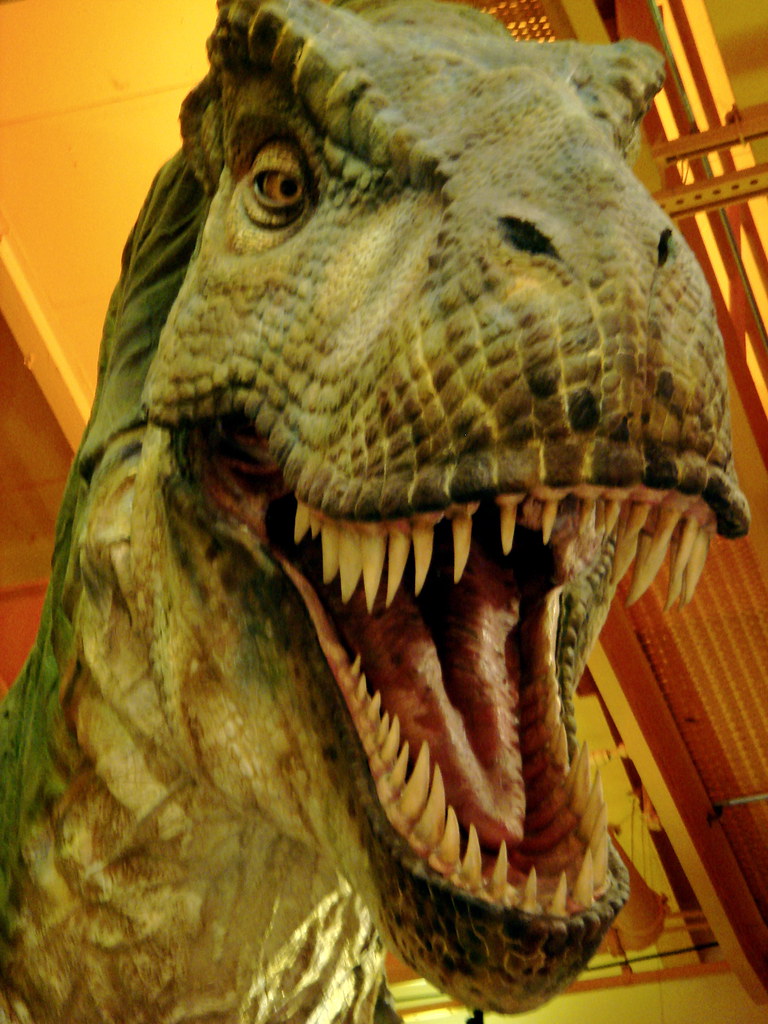
The classifications of dinosaurs and birds have long piqued the interest of scientists and the public alike. To unravel this, we must delve into the physical and genetic traits that link these seemingly disparate groups.
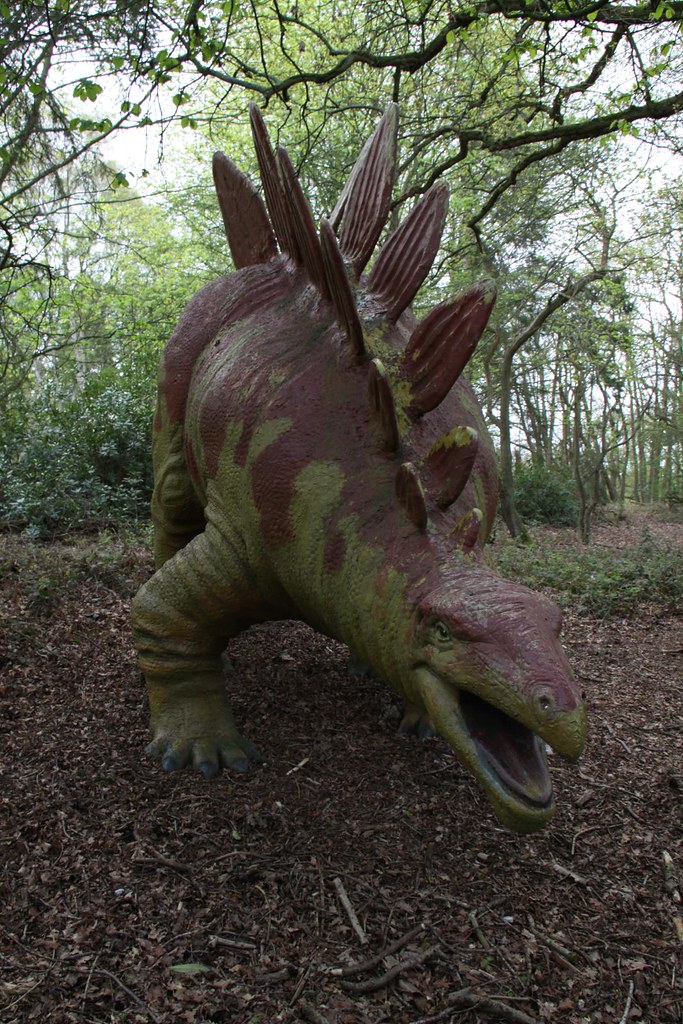
Dinosaurs were a dominant group of egg-laying reptiles, walking the Earth for over 140 million years. Unlike other reptiles of the time, such as crocodiles with their sprawling gait, dinosaurs boasted a straight-legged, energy-efficient stance, a trait they share with modern birds.
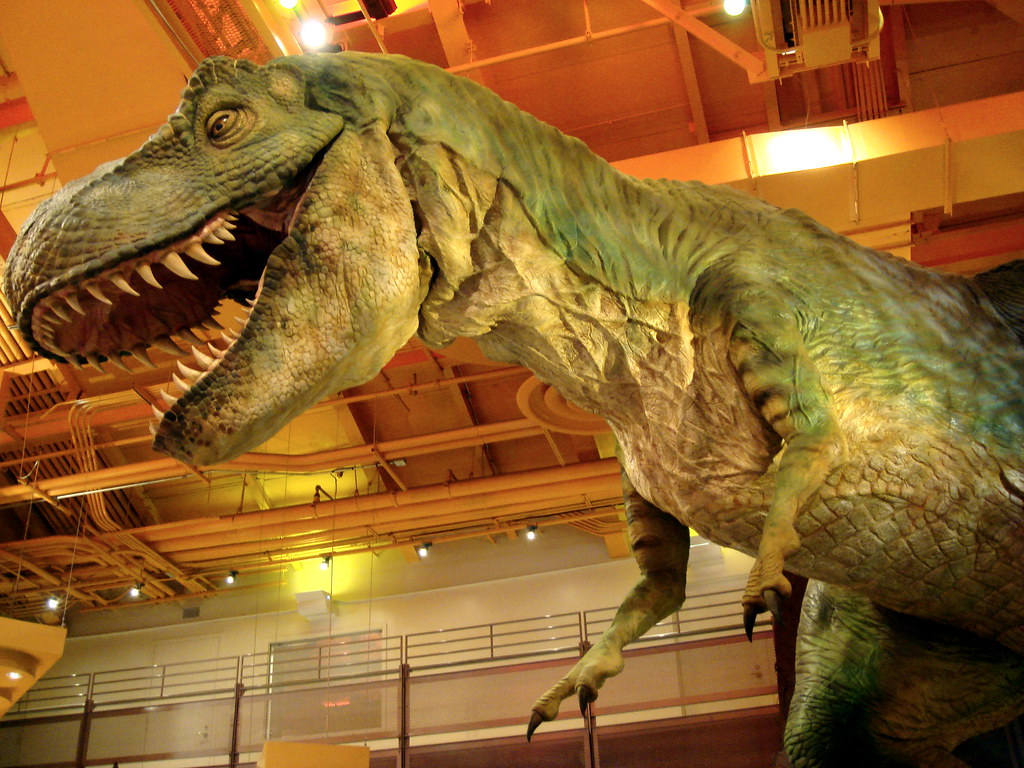
This postural evolution afforded them greater speed and endurance, distinguishing them from their contemporaries and giving them a survival edge.
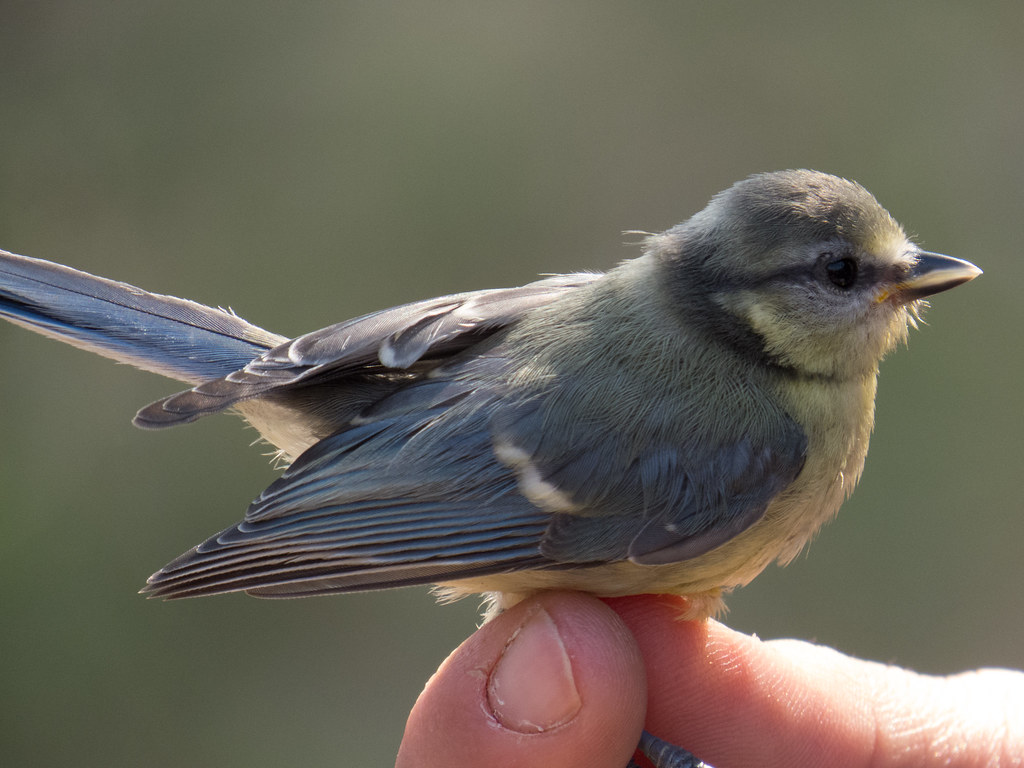
At a deeper anatomical level, dinosaurs had two holes behind their eye sockets, supporting powerful jaw muscles for a more forceful bite.

In stark contrast to the perception of reptiles as cold-blooded creatures, the feathered dinosaurs that survived the mass extinction event and eventually gave rise to birds were warm-blooded – a feature they pass on to their avian successors.
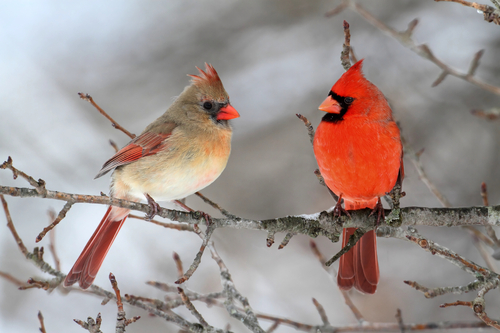
The mass extinction that ended the reign of the dinosaurs around 66 million years ago is well documented, with a meteorite collision often cited as a primary cause.
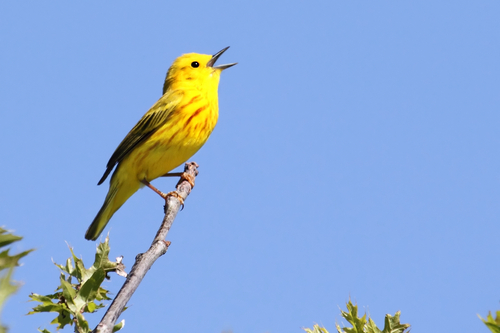
Amidst the devastation, feathered dinosaurs, which are now recognized as the ancestors of modern birds, survived and thrived.
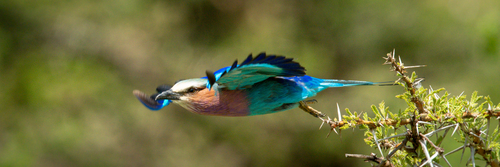
Comparative genomic studies take this relationship further, suggesting a karyotypic affinity between birds and their dinosaurian ancestors.
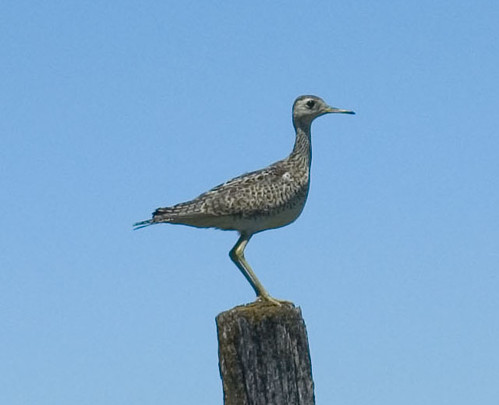
Researchers from the University of Kent have provided insights into the chromosome-level genome structures of birds and reptiles, revealing a pattern of macro- and microchromosomes likely shared by most dinosaurs.
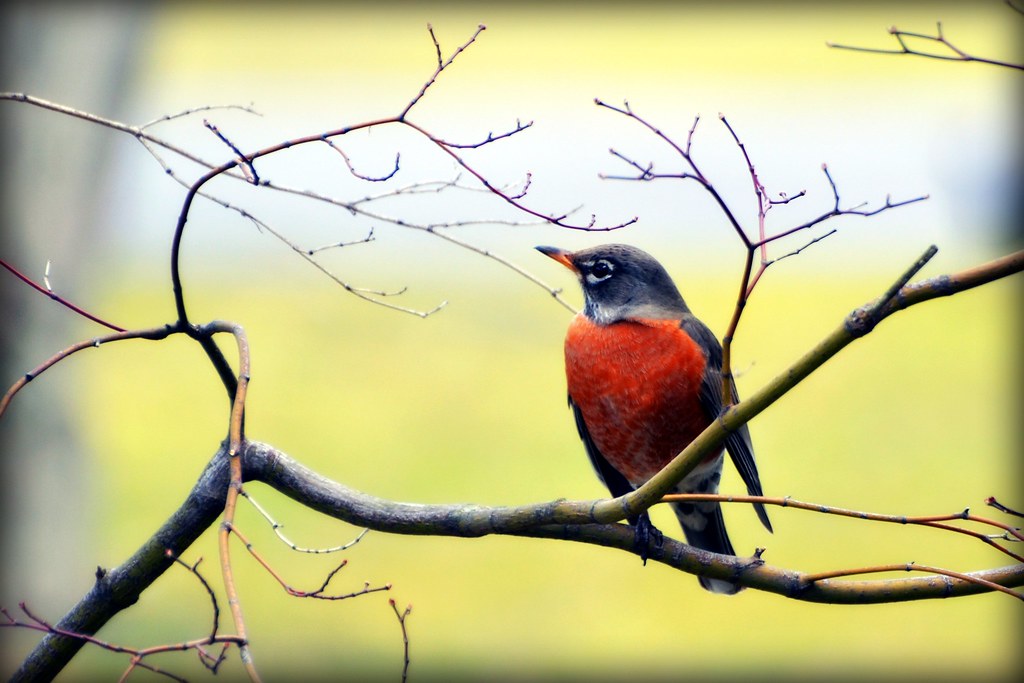
This chromosomal architecture might have played a role in the dinosaurs’ adaptability and diversification, as it does in the variety of bird species observed today.
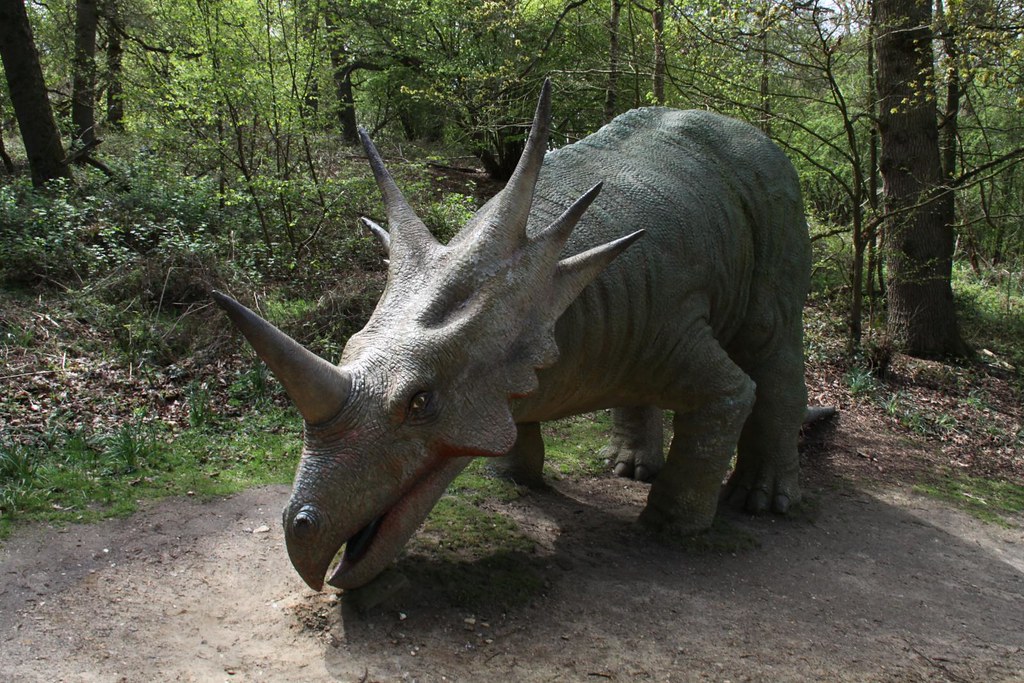
The Linnean classification system, dating from the 1730s, sorts animals based on physical traits, leading to the separation of birds from reptiles due to the presence of feathers and warm blood.
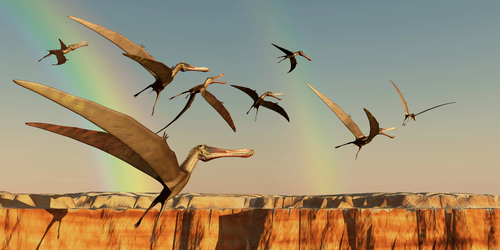
The phylogenetic system, which emerged in the 1940s, classifies based on ancestry. According to this system, birds are indeed reptiles – they hail from the common reptile ancestors, and their link to dinosaurs is undeniable.
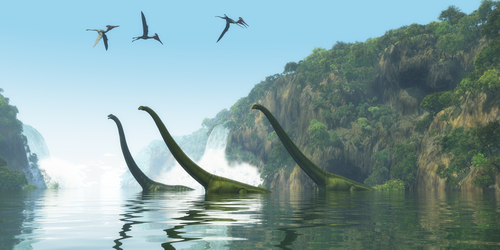
So, when we gaze at a bird, we are, in a phylogenetic sense, looking at the modern representatives of dinosaurs. Birds carry within them the genetic and anatomical legacy of their prehistoric predecessors, showcasing an evolutionary lineage that has weathered mass extinctions and continues to fly high today.
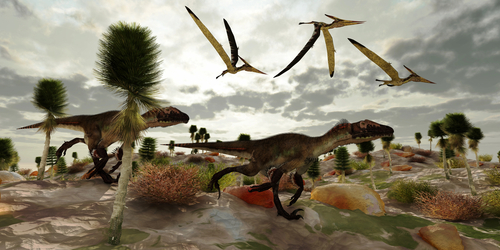
In the grand tapestry of life, the classification of animals might spark debates, but it also reflects the evolving understanding of our planet’s history. Whether we see birds as reptiles or not, their dinosaurian heritage is a testament to the continuity and change that characterizes the story of life on Earth.
Relevant articles:
– Dinosaurs Laid Eggs, So Do We Classify Them All As Reptiles?, Discover Magazine
– What Makes a Dinosaur a Dinosaur?, amnh.org
– Birds, Dinosaurs, and Reptiles, Arizona State University (ASU), May 12, 2017
– Dinosaurs: Comparative Cytogenomics of Their Reptile Cousins and Avian Descendants, National Institutes of Health (NIH) (.gov), by DK Griffin · 2023 · Cited by 2
